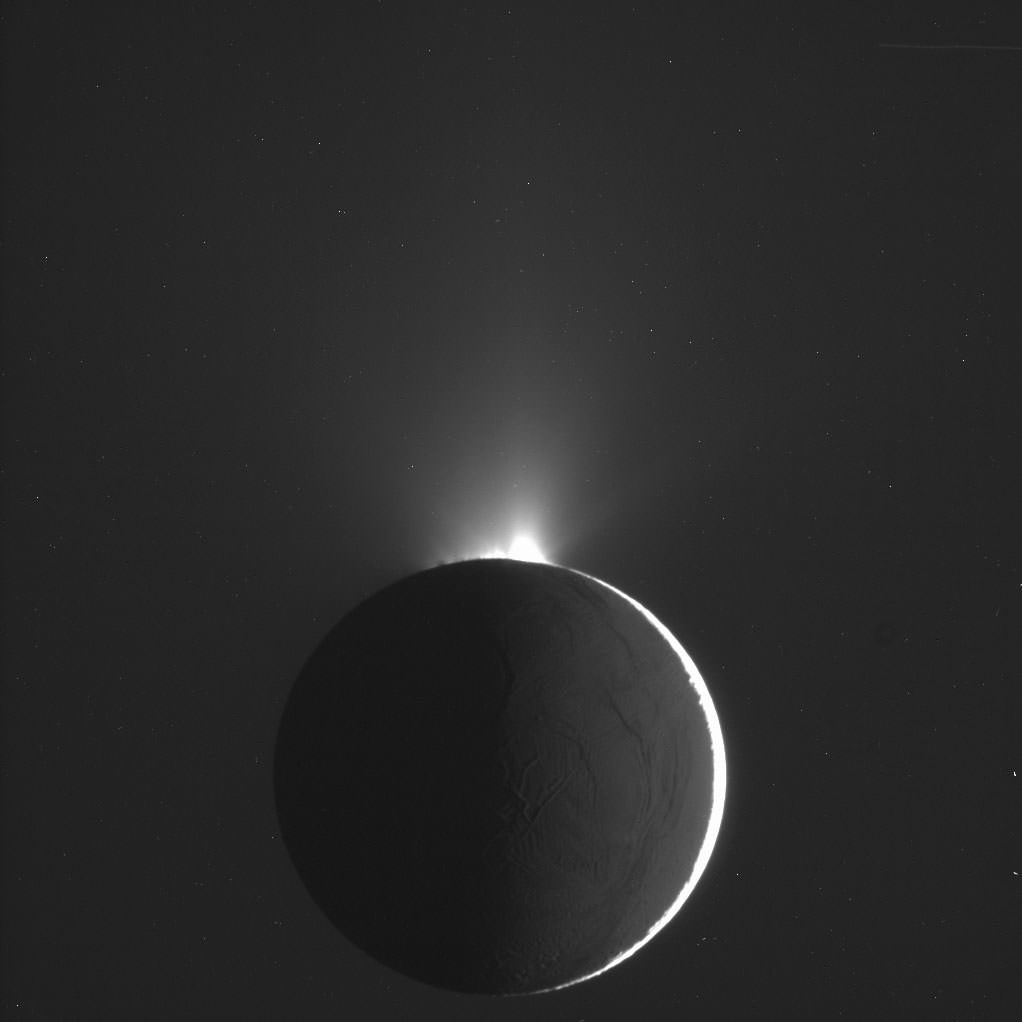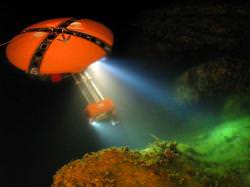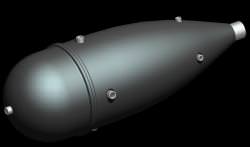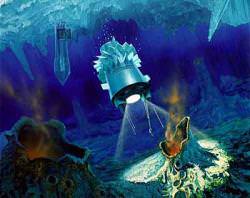The ongoing search for the existence of life that doesn’t call the Earth ‘home’ could potentially find that life right here in our own Solar System. There is considerable debate about whether evidence for that life has already been found on Mars, but astronomers might do well to look at other, more exotic locations in our neighborhood.
At the recent meeting of the American Geophysical Union in San Fransisco, Francis Nimmo, who is a professor of Earth and planetary sciences at UC Santa Cruz, said that the conditions on Saturn’s moon Enceladus, and Jupiter’s moon Europa may be just right to harbor life.
Nimmo said, “Liquid water is the one requirement for life that everyone can agree on.” The water underneath the icy crusts of Enceladus and Europa may just be teeming with alien fish and algae, or more basic forms of life such as bacteria.
Nimmo is one of a long list of scientists speculating on the existence of life on these watery moons. A discovery of any life form originating from a planet other than the Earth “would be the scientific discovery of the millennium,” Nimmo said. And even saying that is an understatement.
If life were able to exist in the watery oceans of the moons around Saturn and Jupiter, Nimmo said, it would mean that the ‘habitable zone’ around a star would extend much further out than previously thought, to moons that orbit large gas giants in other systems around faraway stars.
The possible ocean under the surface of Enceladus may receives its heat from the tidal forces of Saturn. That is, if there is an ocean under the surface of Enceladus, as that topic is still somewhat debated among astronomers. The constant tug of Saturn’s gravitational pull may stretch the interior of the planet enough to heat the water below the crust of ice, which is estimated to vary in thickness between 25km to 45km. Geysers of frozen water forced out of crack on Enceladus’ surface have been observed by the Cassini mission, and the craft has even flown through the plume of one of these jets.
Here’s a video of Carolyn Porco, who leads the imaging team on the Cassini mission, talking about the potential for life inside the moon, and some of the discoveries made by Cassini so far:
Evidence for the ocean under Europa’s icy skin comes from the Galileo mission, which passed by the moon in 2000 and took measurements of the moon’s magnetic field. Variations in the magnetic field have led astronomers to believe there is a vast ocean of water under the surface, leading to natural suppositions about the potential of its habitability.
Europa’s ocean is heated much in the same way as that of Enceladus: both moons have an eccentric orbit around their much more massive planets, and this orbit causes a shift in the way the planet tugs on their interiors, causing friction in the cores which in turn heats them up.
The core and surface of these moons both are possible sources of chemicals that are necessary for life to form. Impacts from comets can leave molecules on the surface, and light from the Sun breaks down compounds as well. Organic molecules and minerals may originate in the cores of the moons, streaming out into the watery ‘mantle’. Such nutrients could potentially support small communities of exotic bacteria like those seen around hydrothermal vents here on Earth.
Of course, just because these moons are habitable doesn’t mean that life exists there, as Nimmo and other planetary scientists are quick to point out. Cassini may still provide evidence of life on Enceladus, as the data from this last flyby of the plumes is still being analyzed. Future missions to Europa, such as the proposed ‘interplanetary submarine‘, may also give us an answer to the question of life’s existence elsewhere, and of course the quest continues for a mission to Mars that will finally give us some idea of its habitability now or in the past.
Until the data comes back from these missions, though, we’ll still have to wait and speculate.
Source: UC Santa Cruz press release





